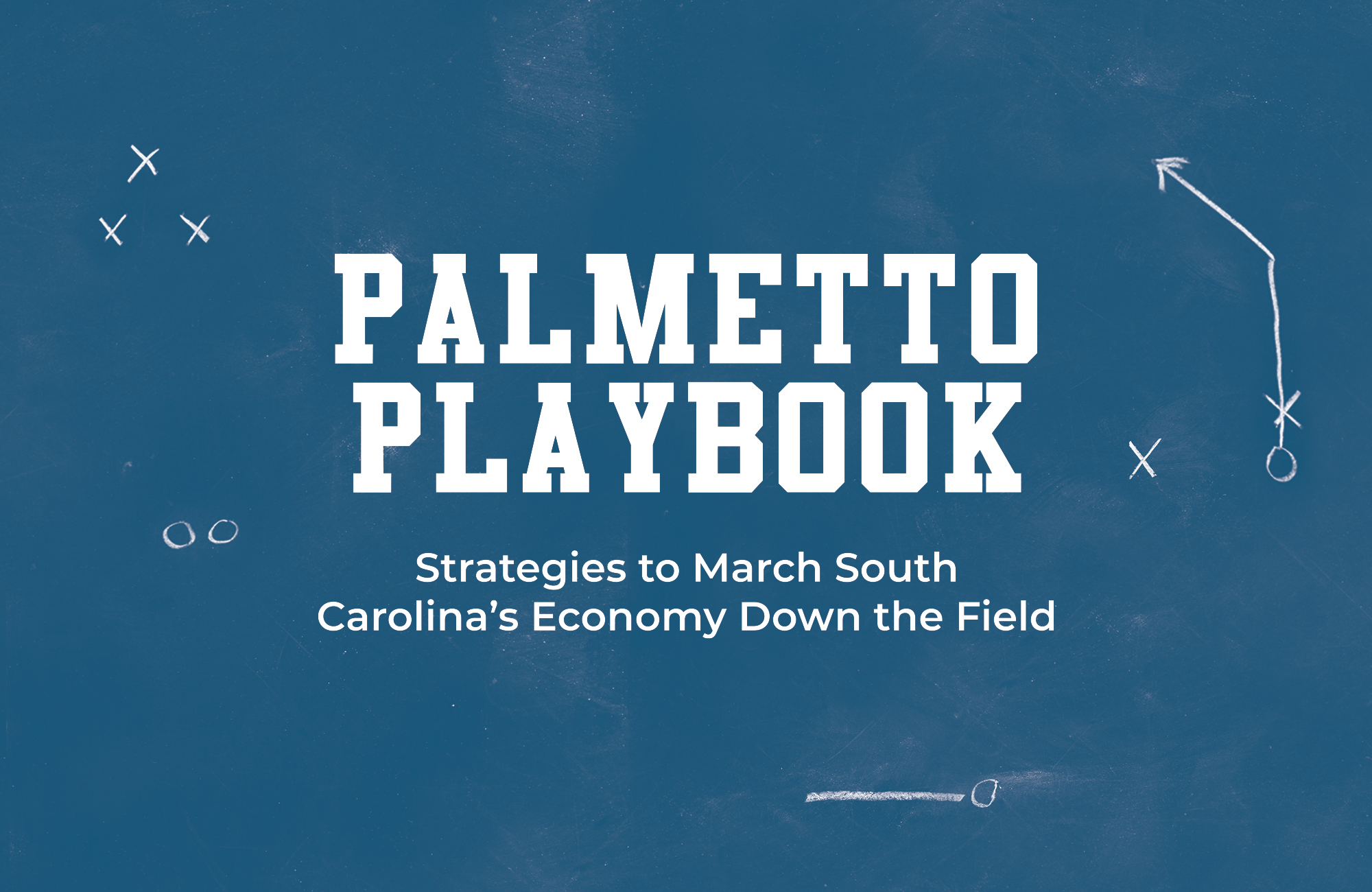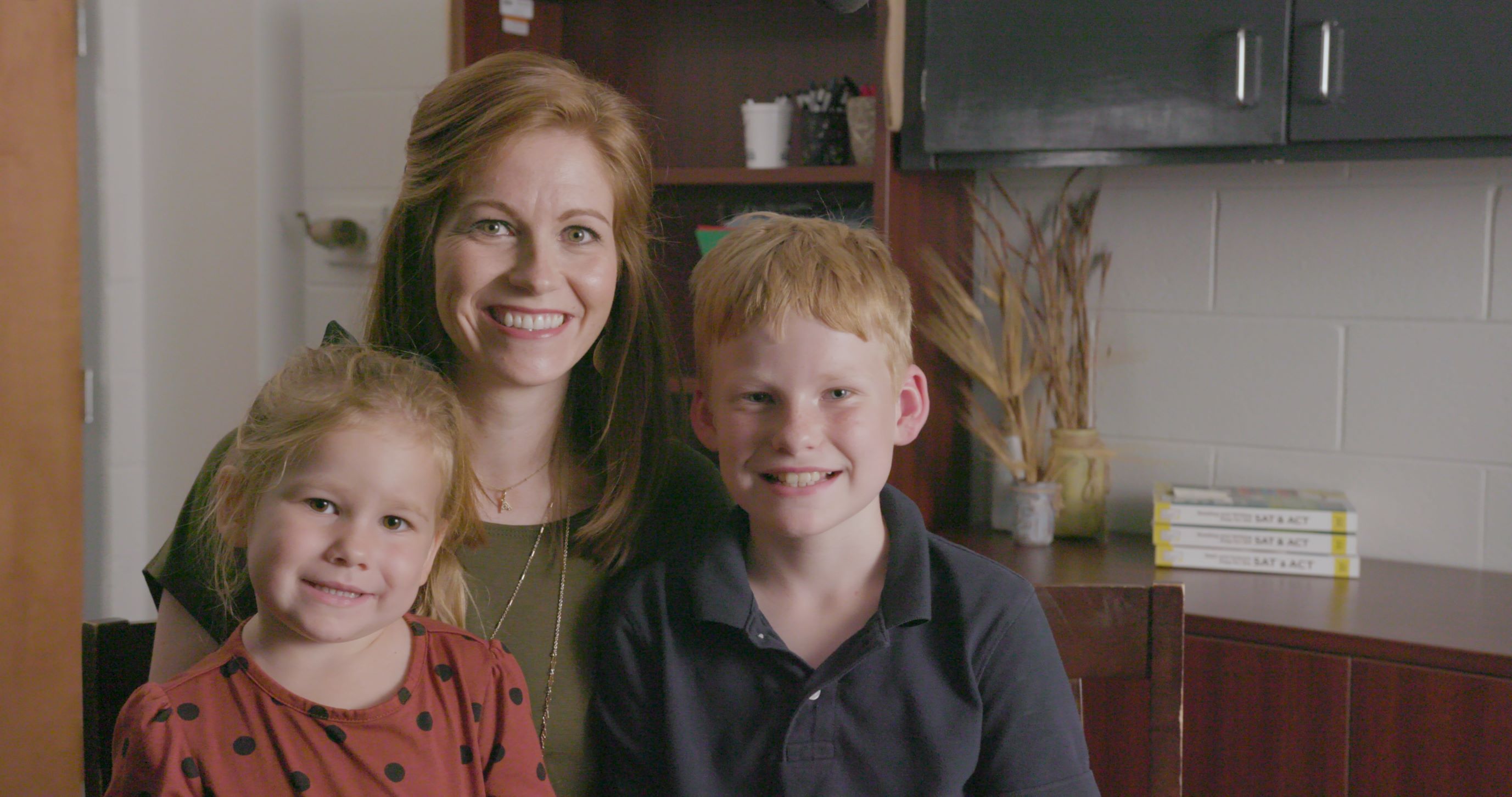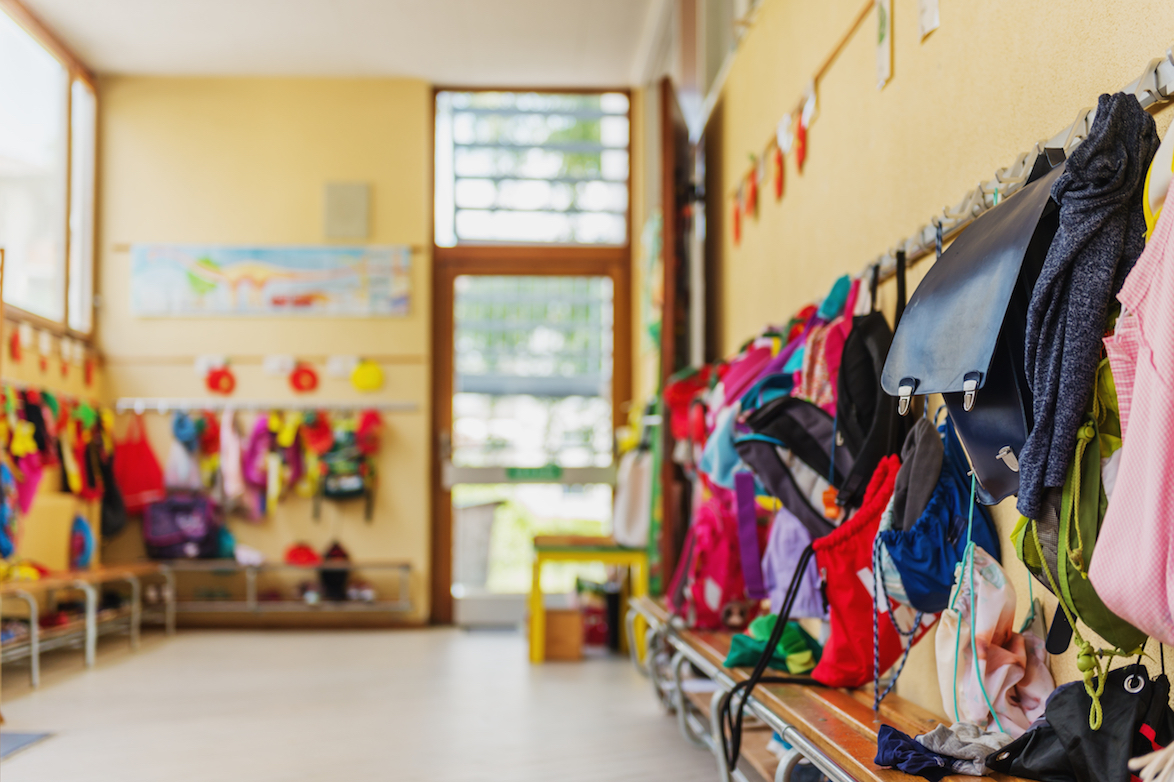Restoration and Rainy Days: The Budget that Almost Was
When the COVID-19 madness hit, the Governor and the House of Representatives had already had their crack at the state budget for the fiscal year beginning July 1, 2020. The fiscal climate when the Governor’s budget was being prepared was very different that day. Brisk economic growth from wide open businesses—from Boeing to Bojangles—had state projected revenue soaring.
The surplus was to be nearly $2 billion. This allowed the Governor (and later the House) to have confidence that a budget adding funds for tax relief, road construction, K-12 education, higher education, teacher salaries, law enforcement salaries, flood relief, prisons, and veterans’ homes would hold up to actual economic conditions.
Then COVID-19 hit…
Setting aside COVID for a moment, let’s see how budget writers performed on two priorities that are always worth watching when assessing tax policy: returning funds to taxpayers and building up reserves.
On returning funds to taxpayers, there was some progress. For the second year in a row, the state had planned to give back a small rebate of the taxes Palmetto State citizens paid. But, at an average of $100 per tax return and a surplus of $2 billion, new spending far outpaced what taxpayers would have received back.
Good tax policy recognizes the three-legged stool: income, sales, and property taxes. (Meaning, we need all three, don’t saw off an entire leg.) That said, taxpayers deserve to keep a lot more of their own money, especially when the government clearly didn’t budget it the year before.
General Fund spending was to grow from $8.7 billion to $9.5 billion while the all-in budget with federal funds and other funds included grew from $29 billion to $31 billion. We could certainly be more “fiscally fit” in the spending department.
On reserves, the Governor-House budget added $122 million to the General Reserve Fund, $14 million to the Capital Reserve Fund and $50 million to set up a new savings fund for possible future natural disasters. According to the bipartisan fiscal division of Pew Charitable Trust, South Carolina had already demonstrated a commitment to saving for rainy days based on last year’s budget.
- In total fund balances, South Carolina ranks 10th in the country. That translates into a balance that would fund 77 days with no further revenue. (Wyoming, the #1 state, has 398 days of funds in the bank. At 50th, Pennsylvania couldn’t even make it to lunchtime.)
- In funds specifically designated for budget stabilization (“rainy day”) funds, pre-2020 budget, South Carolina was in the lower half of states in funds put away as a percentage of its state budget. As for our neighbors, North Carolina dipped into its rainy-day funds in 2019 and Georgia did so for COVID-19 expenses. We haven’t had to use rainy day funds yet, but even if we do, we must increase our rainy-day fund to the national average in percentage eventually.
Another relative bright spot of “rainy day” planning for South Carolina: our Unemployment Insurance Trust Fund. After the economic crash in 2008, Dr. Rebecca Gunnlaugsson (now a PPI Visiting Fellow) led the team that developed a data-based solution for lawmakers to restore the fund to solvency and has resulted in steadily reduced rates for businesses over the last few years.
That work continues to pay dividends for South Carolinians who now need help. Recent calculations from The Tax Foundation show that based on 2020 fund solvency levels and initial and continuing claims as of April 4, 2020, South Carolina could currently cover 27 weeks of unemployment benefits. This put us in the 15th strongest position among all 50 states.
So, back to reality. What happens to that state budget, the one on the drawing board? The full effects of COVID-19 are still unknown, but there is no question that even with an inflow of federal dollars, cuts will need to be made as the state economy slows down and tax revenues fall.
The General Assembly is currently in a stalemate over adopting a “CR” or “Continuing Resolution” due to a House/Senate standoff about state-utility Santee Cooper’s future.
Once passed, this CR will keep the state government operating at last year’s level until the true impact of COVID is understood. Then, an actual 2020-2021 budget will be adopted, most likely in September, well into the budget year. Thankfully, in the current CR language, the legislature took a cautious approach to tapping Rainy Day funds.
The General Assembly was wise to restore some funds to the taxpayers and set aside rainy-day funds in The Budget That Almost Was. We are hopeful that when our citizens are safe and working again, the legislature will increase its commitment to reserves, and restoring taxpayers more of their own money.
Until then, we pray for relief.





